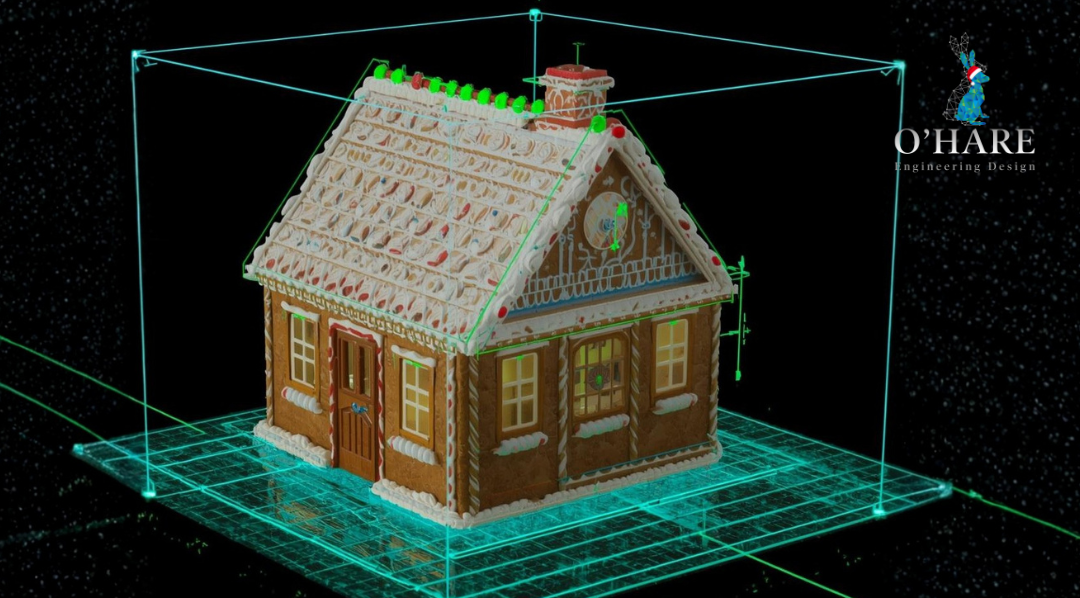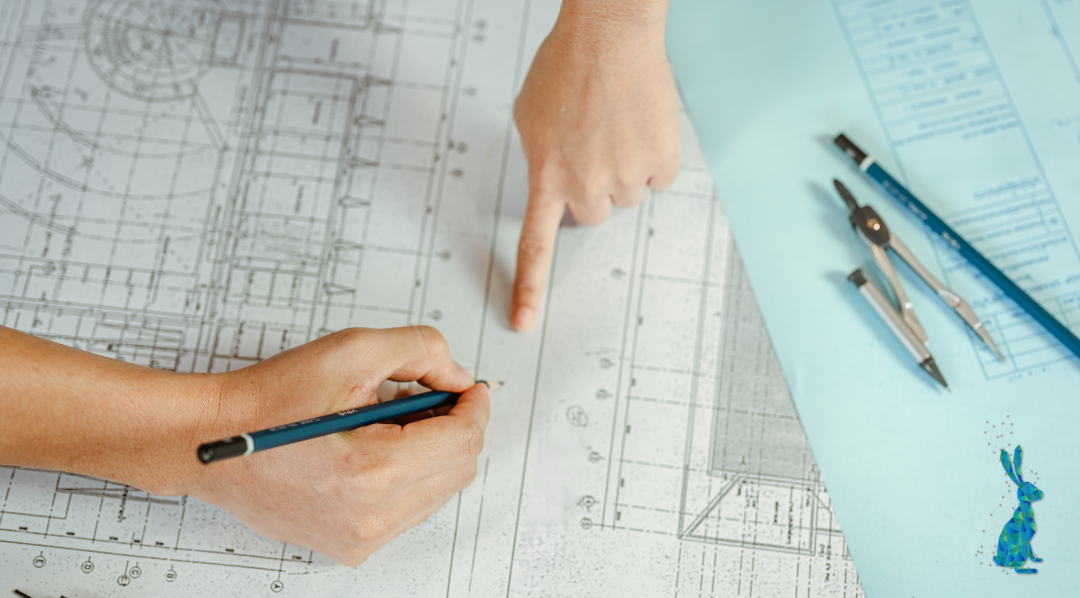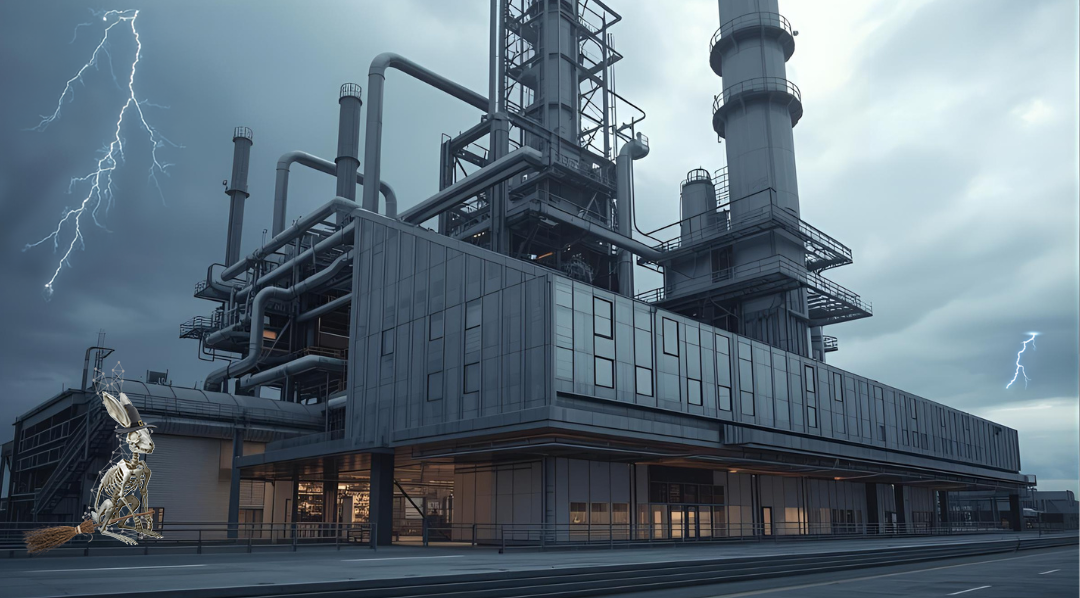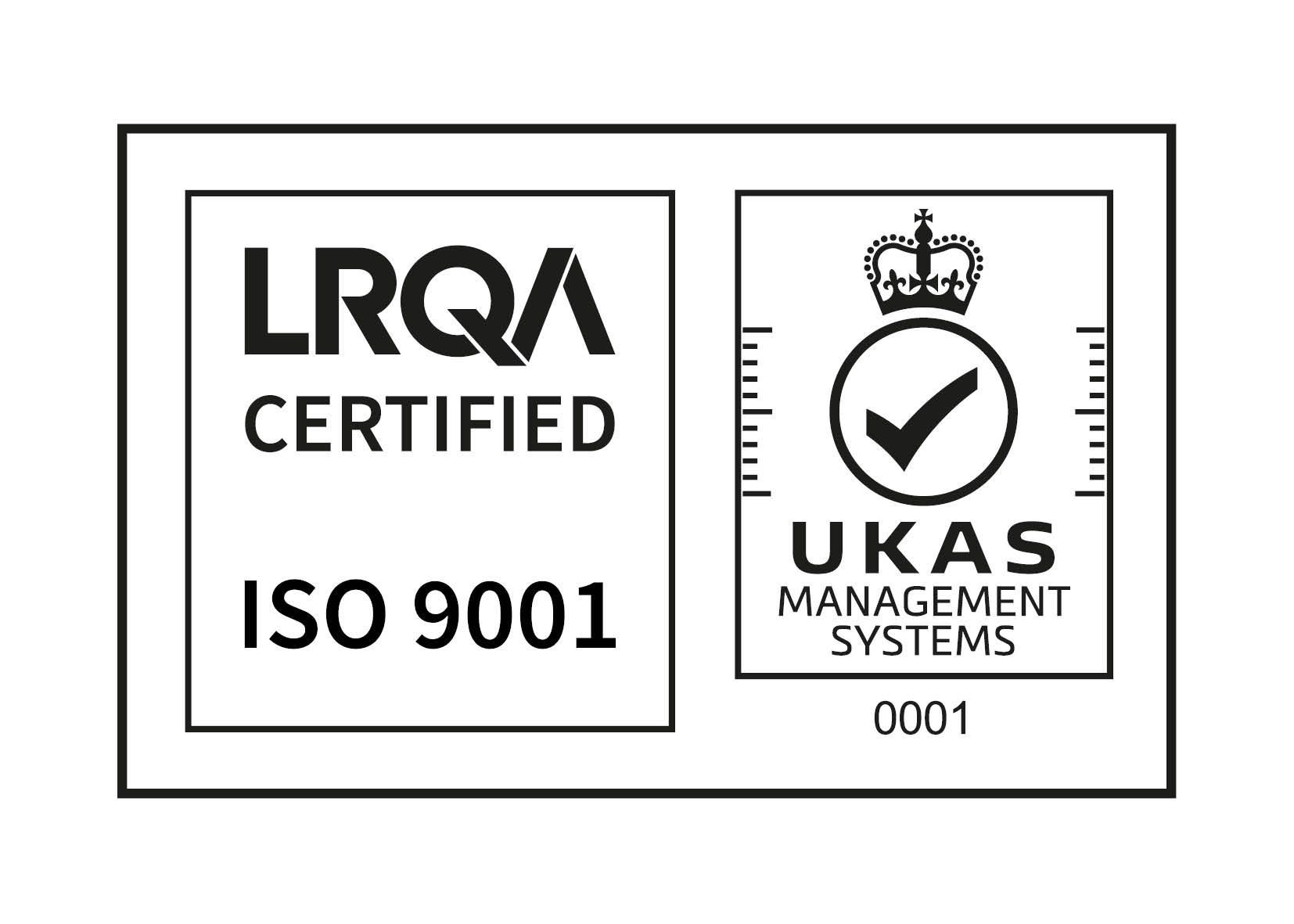WHAT ROLE DOES 3D LASER SCANNING PLAY IN ON SITE HEALTH AND SAFETY

WHAT ROLE DOES 3D LASER SCANNING PLAY IN ON SITE HEALTH AND SAFETY
Date: 20th April 2023
For many, 3D laser scanning isn’t the first solution they think of when it comes to improving on-site health and safety protocols. And why would they?
On the surface, 3D laser scanning is a tool to help map environments and generate point-cloud models of spaces to plan and design new equipment or improvements to the site. All of these processes fall into the initial planning stages of any design project whereas health and safety should be an ongoing practice in any organisation to ensure that people and the surrounding area are protected from injury, hazards and environmental damage.
But, with its hyper focus on the details within any given space or process, is there a way that 3D laser scanning can be better used within more stages of an engineering design project to improve health and safety on site at each stage of the build?
The short answer is yes, and here’s how…
1. Project planning and preparation
If utilised correctly, 3D laser scanning can be used by project managers, engineering designers and contractors to plan and prepare for works to be done on site more effectively. By having an interactive 3D model of the site ‘as is’, it allows you to identify any potential problems and develop strategies to overcome them before any of the work begins. For example, if you’re planning on connecting a new piece of equipment to an existing pipework system, you can use your scan data to model how this will fit into the existing infrastructure, as well as identify any brackets, valves or pumps which may need to be replaced in order to support this change. This can help to reduce the risk of accidents and injuries on site as, if these problems aren’t addressed, it can cause the system to fail, parts to be broken (especially if it's in a high pressure system) and leaks to occur.
2. On-site maintenance and inspection
Ongoing site maintenance and inspection is something that is always important but rarely feels urgent until something breaks. But, when you don’t prioritise this, you’ll be feeling the impacts of it further down the line.
If you’re not inspecting and maintaining the plant to a certain degree, it can end up costing more money in the long run as you might need to replace more pipework or fix a pump and your inline fittings might now need replacing completely too instead of just maintaining them. By having 3D scan data available, it can be easier to compare the site ‘as is’ to how it was previously by overlaying your most up to date point cloud data over previous imagery to inspect and monitor where wear and tear is happening and maintenance may be required.
3D laser scanning data can also be used to create rendered 3D models of your site where you can embed maintenance information about each piece of equipment into the model to use as a virtual database. You can read more about this in our blog on ‘How 3D modelling enabled essential plant maintenance on complex sites’.
3. Training and education
Where pipework and infrastructure isn’t easily accessible, having 3D laser scans of the space or equipment can prove to be an invaluable training tool for new starters, employees and stakeholders alike. This data can not only help to educate employees about the logistics of the site, it can also be used as an immersive training tool to train them to identify potential hazards and learn how to respond to them in a safe way.
Moreover, this can be used to help map an unsafe environment before a person is sent in for maintenance by identifying potential risks and hazards in advance so that precautionary measures can be taken.
4. Quality control
Errors in fabrication can be an expansive mistake for any organisation. They can set projects back by weeks, be expensive to fix and can potentially have huge health and safety implications if something were to go wrong. 3D laser scanning can be used to ensure that any health and safety points have been identified and mitigated in advance as well as to verify that the work is being performed correctly and hasn’t deviated from the plan, meeting the required standards.
If improving your on site health and safety processes is at the top of your agenda at the moment, and you’re looking for a way to futureproof your strategy, get in touch with us today to arrange a free laser scanning demo.




